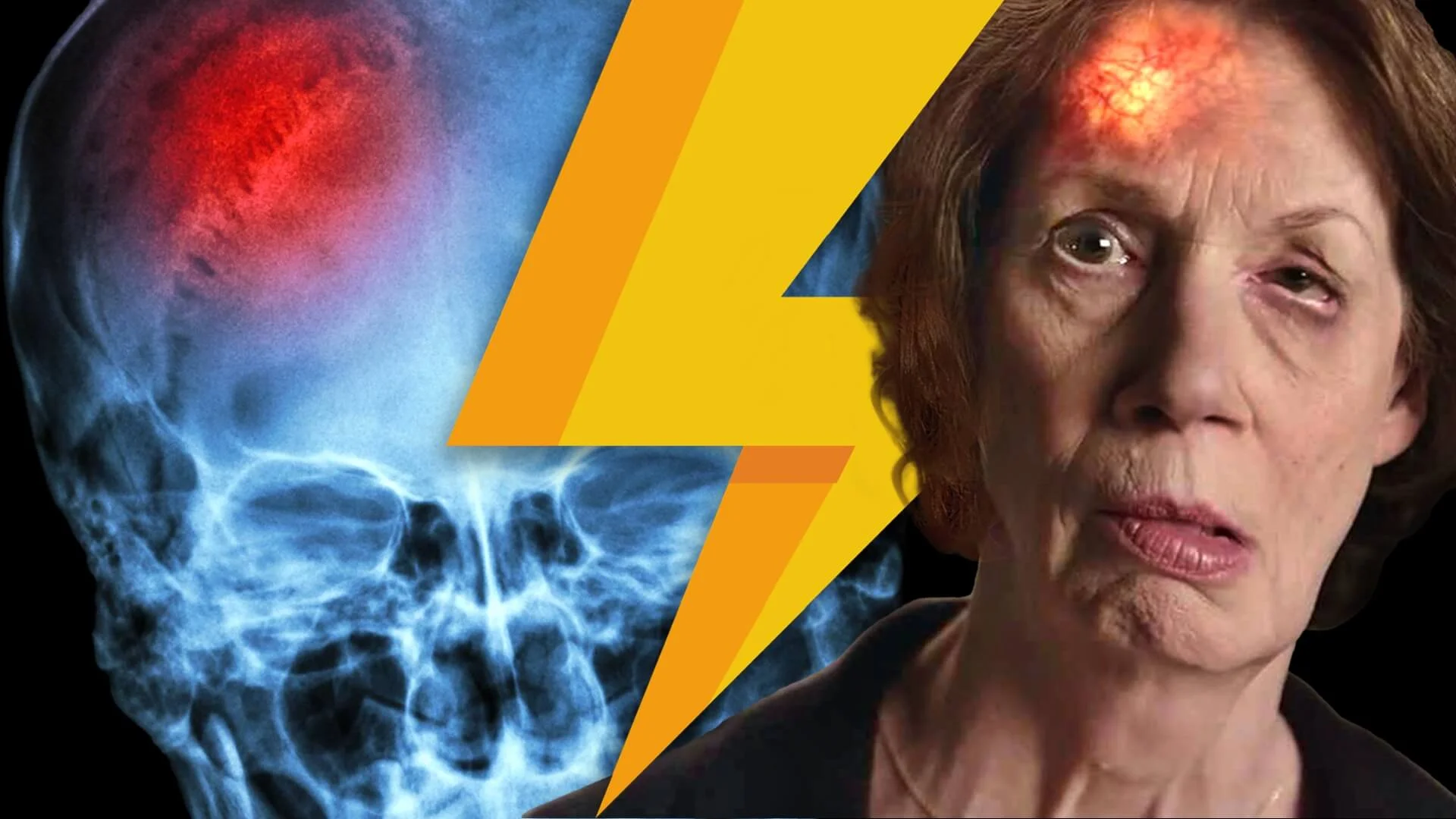Lightning Learning: Guillain-Barré Syndrome
“Guillain-Barré syndrome (GBS) is an autoimmune response to infections affecting 1 in 40,000 people each year.”
What?
Guillain-Barré syndrome (GBS) affects 1:40,000 people each year. While it can affect anyone at any age it is more common in older males.
It is an autoimmune response to infections (often Campylobacter infection – around 50% of viral) and is characterised by ascending paralysis, starting with tingling and numbness of the fingers and toes, with decreased or absent reflexes. Symptoms usually progress over a period of days to four weeks, usually peaking by the 2nd week.
Up to 30% of patients will have respiratory muscle weakness and require ventilatory support.
1:5 patients will have autonomic dysfunction requiring cardiac monitoring.
Why?
Diagnosis is largely clinical, however, lumbar puncture can be useful. There can be elevated CSF protein levels with a normal WCC. EEG studies can also aid diagnosis.
The treatment of GBS is with supportive measures. It is important to remember that these patients require close monitoring and will often require a stay in ITU.
Serial spirometry is used to assess need for intubation and ventilatory support.
All patients with a FVC <20mL/kg require ITU support and will likely need intubation.
Treatment options for GBS are plasma exchange or IV immunoglobulins, these have been shown to be of benefit in RCTs.
Further Reading
- Life in the Fast Lane: Guillain-Barré Syndrome
- BMJ Best Practice: Diagnosis Criteria of GBS
- GAIN Charity: GBS Information Guides








